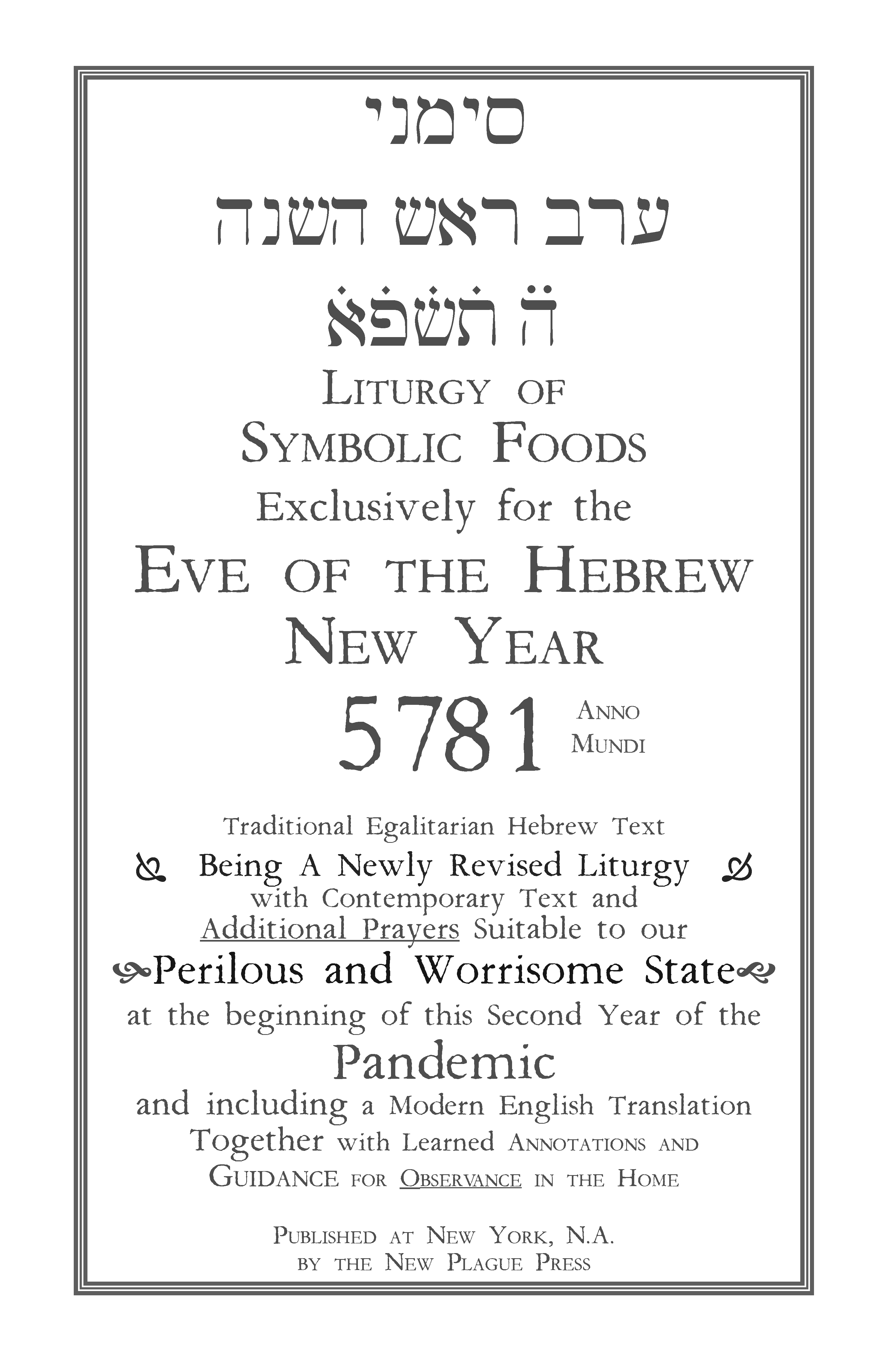Many people eat special foods as part of a mini-seder at the beginning of the Rosh Hashanah meal and invoke blessings for the year as they eat them. For the Shmitah year, you can add figs to your Rosh Hashanah seder (apples and honey, or apples, dates, beets, etc.) and recite this kavvanah (intention):
| Contribute a translation | Source (English) |
|---|---|
In the year of Shmitah, the sabbatical year, our ancestors would let the land rest from their plows, receiving and eating whatever grew and ripened by itself from the land. And fig trees were especially prized in Shmitah, because they would ripen little by little over many months, always providing food. And some say that the fig was the fruit of the tree of knowledge, and that Shmitah is our time to receive the knowledge from Eden in the right way and the right time, when all is ripened toward understanding. | |
May it be Your will YHVH our God and God of our ancestors that during this year of Shmitah, as the world ripens for us little by little, always turning again toward us to nourish and sustain us, that we may turn to receive in gratitude what is offered so freely and lovingly, so that we may turn and ripen in justice and love toward this world and all its creatures. | |
(Eat the fig!) |
For a full Shmita Rosh Hashanah seder, see also R. Nina Beth Cardin’s seder at: The Sova Project.

“📄 Additions to the Rosh Hashanah Seder Akhilat haSimanim for the Shmitah Year, by Rabbi David Seidenberg (neohasid·org)” is shared through the Open Siddur Project with a Creative Commons Attribution-ShareAlike 4.0 International copyleft license.









Leave a Reply